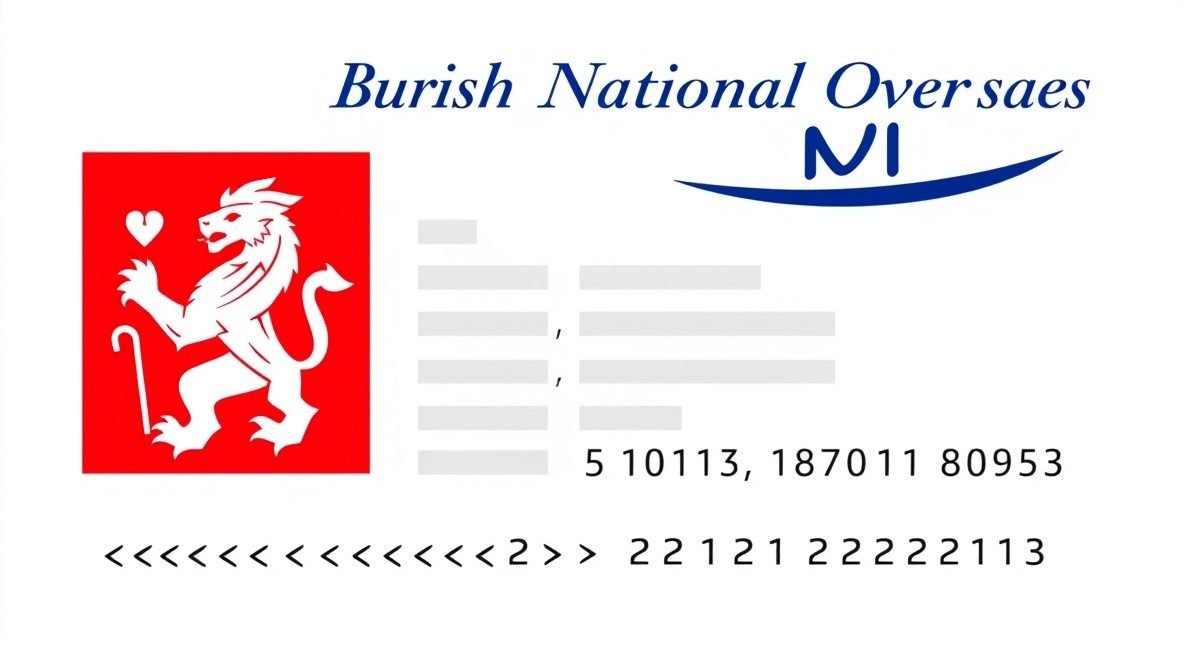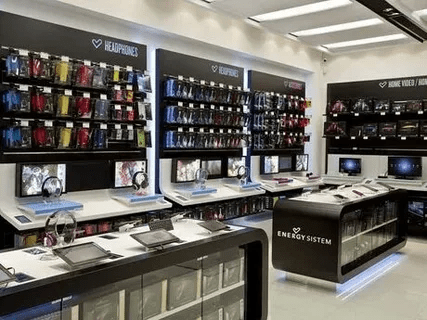When it comes to securing residential, commercial, and industrial spaces, CCTV cameras play a vital role in ensuring safety and providing real-time surveillance. Partnering with a reliable security company can help you choose the right cameras for your specific needs. Among the various types of CCTV cameras available, dome and bullet cameras are two of the most popular choices. While both are effective in monitoring premises, they differ significantly in design, functionality, and the specific environments they are suited for. Understanding these differences can help you make an informed decision about which type of camera best fits your security needs.
Understanding Dome CCTV Cameras
Dome cameras are named after their distinct dome-shaped housing. These cameras are typically compact and are often installed on ceilings, offering a sleek and discreet appearance. Their design allows for 360-degree surveillance, making them ideal for wide-angle monitoring. Dome cameras are often used in environments where the camera needs to blend in seamlessly with the surroundings while providing effective coverage.
One of the key advantages of dome cameras is their discreet nature. Because of their shape, it is difficult to tell which direction the camera is facing, which can discourage potential intruders from tampering with or avoiding the camera. This makes them a great option for areas where subtlety is important.
Moreover, many dome cameras come with anti-vandal features. These cameras are built with durable, tamper-resistant covers that make them harder to damage. This feature is particularly beneficial for locations where cameras are at risk of being physically tampered with or vandalized.
Dome cameras also offer great flexibility when it comes to installation. Their compact design allows them to be placed in both indoor and outdoor locations, with certain models designed to be weatherproof, making them suitable for various environmental conditions.
Understanding Bullet CCTV Cameras
Bullet cameras, on the other hand, are characterized by their cylindrical, long, and narrow shape, resembling a bullet. These cameras are designed for focused, long-distance monitoring, making them an ideal choice for surveillance in large open areas such as parking lots, building perimeters, and wide streets.
Unlike dome cameras, bullet cameras are usually fixed in one direction, which makes them more specialized for targeted surveillance. This means that they are often used in applications where a specific area needs to be monitored closely, such as entry points, gates, or perimeter fences. The design of bullet cameras allows them to capture high-definition footage over longer distances, which is especially useful in outdoor settings where wide coverage is required.
Bullet cameras tend to be more visible compared to dome cameras due to their larger and more prominent design. While this can sometimes be a disadvantage when discretion is needed, it can also act as a deterrent to criminals who are aware of the camera’s presence and its capability to monitor over long distances.
Many bullet cameras are equipped with weatherproof casings, which makes them highly suitable for outdoor use. These cameras are built to withstand extreme conditions, from rain and snow to high temperatures and direct sunlight.
Key Differences Between Dome and Bullet CCTV Cameras
Design and Aesthetics
One of the most noticeable differences between dome and bullet cameras is their design. Dome Security cameras, with their small and sleek appearance, blend well with ceilings and walls, making them less noticeable. This discreet design is ideal for situations where the camera should not be the focal point, especially in retail stores, offices, and public spaces. Bullet cameras, on the other hand, are larger and more noticeable due to their cylindrical shape. Their visibility can be an advantage in certain situations, as their presence alone may deter potential criminals from engaging in malicious activities.
Surveillance Coverage
Dome cameras are generally more versatile in terms of surveillance coverage. Thanks to their 360-degree viewing angles, they can cover a larger area with fewer cameras. This makes them ideal for monitoring wide spaces like hallways, shopping centers, and rooms where a broad view is required. Bullet cameras, however, are often designed to focus on specific areas. Their narrow field of view makes them perfect for monitoring entry points, parking lots, or any location where a high level of detail is necessary. Bullet cameras are better suited for focused surveillance and capturing detailed images of specific targets.
Durability and Vandal Resistance
Dome cameras are often more resistant to vandalism and tampering. Many models are equipped with durable, impact-resistant domes that make them harder to destroy or manipulate. This feature is crucial for high-risk environments such as schools, hospitals, or any location where security cameras might be exposed to physical damage. Bullet cameras, while durable, are more exposed due to their external design. However, many bullet cameras are equipped with weatherproof casings and are built to endure harsh outdoor environments, offering excellent protection against rain, dust, and extreme temperatures.
Ease of Installation
In terms of installation, both dome and bullet cameras offer different advantages. Dome cameras are typically easier to install on ceilings or walls due to their compact and discreet design. Their small size allows them to be placed in various indoor locations without drawing attention. Bullet cameras, on the other hand, are better suited for outdoor installations, where their larger size and fixed orientation allow them to cover long distances. However, their more noticeable design might require careful placement to ensure optimal surveillance coverage without becoming a target for tampering.
Cost
While the cost of CCTV cameras can vary depending on brand, features, and specifications, dome cameras tend to be more affordable in general. Their compact design and versatile applications contribute to their lower price point. Bullet cameras, particularly those with advanced features such as high-definition resolution, longer-range capabilities, and weatherproofing, may come at a higher cost. However, both camera types provide excellent value when it comes to enhancing security, and the right choice depends on the specific surveillance needs of the environment.
Which CCTV Camera is Best for Your Needs?
Choosing between dome and bullet CCTV cameras ultimately depends on your security requirements, the environment in which the cameras will be installed, and the level of visibility you want for your security system. If you need discreet, all-around coverage in indoor spaces, dome cameras may be the ideal choice. They are perfect for environments like office buildings, retail stores, and malls.
For outdoor areas where you need focused, long-range surveillance, bullet cameras are more suitable. They are ideal for monitoring large open spaces, building perimeters, parking lots, and gates. With their ability to zoom in on specific targets and withstand harsh weather conditions, bullet cameras offer reliable security for high-traffic areas.
Conclusion
Both dome and CCTV cameras have their unique features and applications. By understanding their differences in design, coverage, and functionality, you can choose the best option for your specific security needs. Whether you need discreet surveillance or long-distance monitoring, both types offer advanced security features that can protect your property effectively.










































































































































































































































































































































































































































































































































































































































































































































































































































































































































































































































